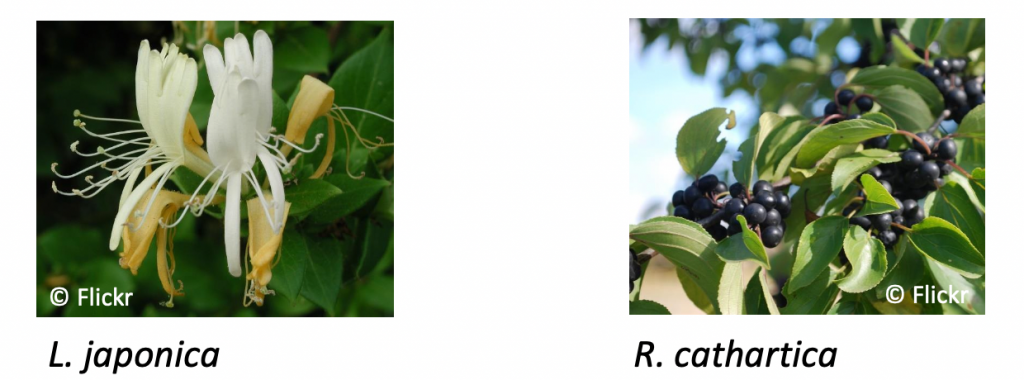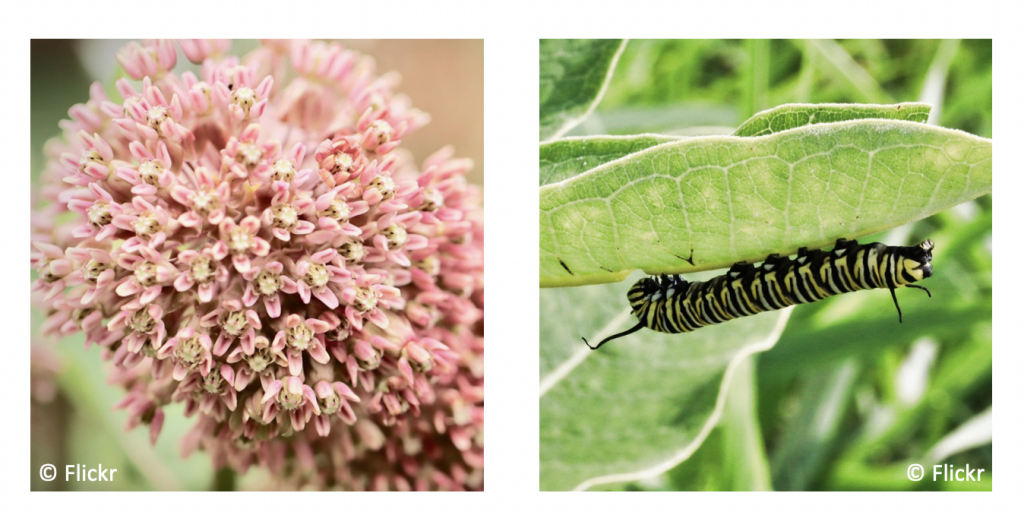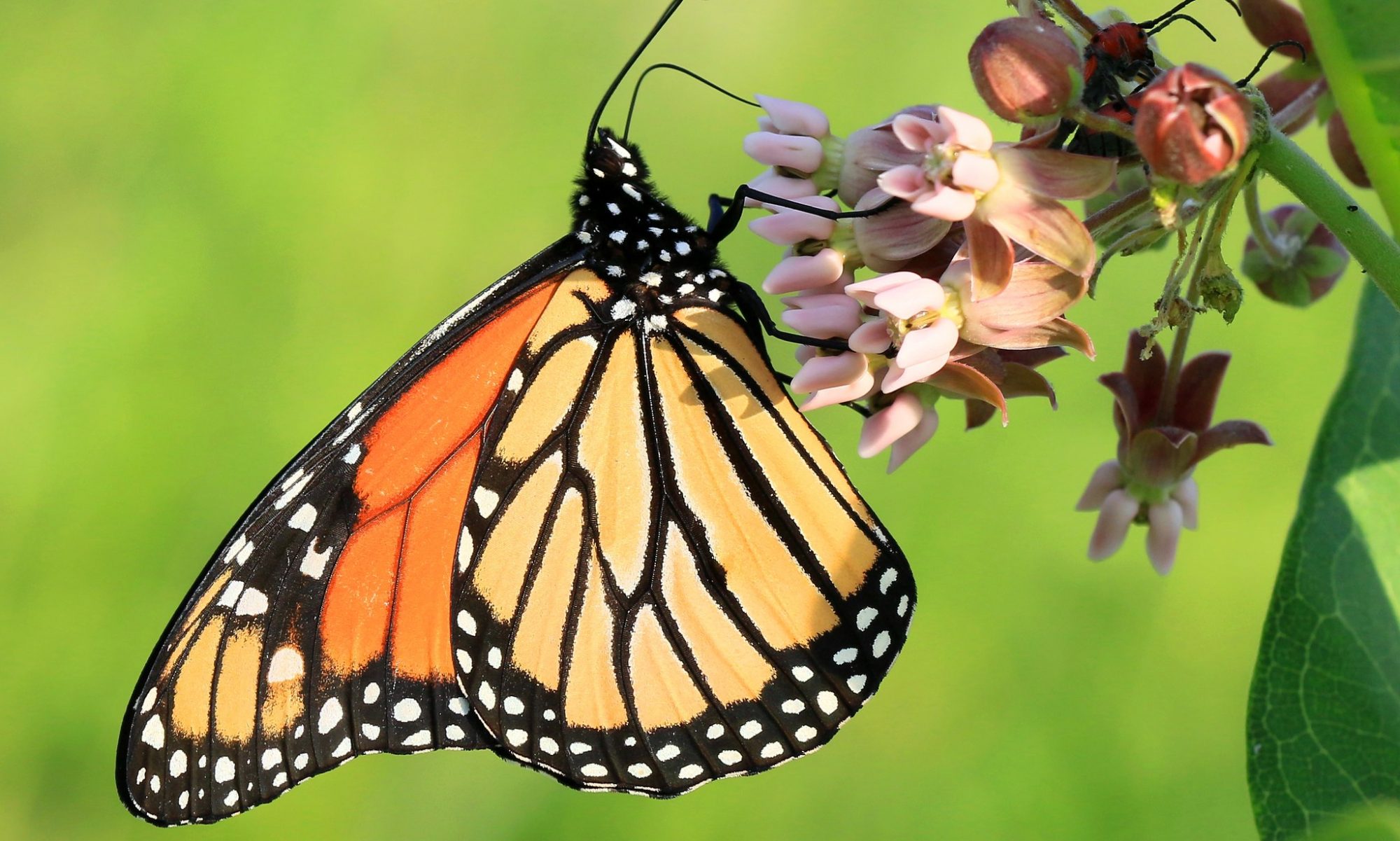Current Research
Currently, I am researching the effects of stigma clipping on seed production and petal longevity in Sabatia angularis in preparation for future research on pollinator-mediated selection of S. angularis.
I am also developing a project to research convergent evolution of butterflies in American cities.
Previous Research
Exploring Arthropod Biomass and Diversity in Northeastern Pennsylvania Invasive Dominated Habitats
Previously, I explored the impacts of invasion by non-native plant species in local Northeastern Pennsylvania ecosystems using arthropods as my study subject.
Invasions of ecosystems by non-native plant species is an ongoing conservation concern. Comprehensive studies on the effects of invasions are difficult because the ecological impacts often are extensive, but one possible approach is to focus research efforts on arthropods. Arthropods can provide a powerful lens into studies on the effects of invasions, which are often extensive, because of their short generation time. Understanding the effects of invasive plant species on arthropods will inform conservation efforts for native arthropods, essential ecological processes, and larger organisms.
My project explored the differential effects of the invasive species Rhamnus cathartica (Common Buckthorn) and Lonicera japonica (Japanese Honeysuckle) on arthropods in Lackawanna State Park.

I discovered that it is difficult to broadly predict how arthropods will respond to invasive plant species, as they respond differently based on the form and function of the invasive plant species in relation to native species.
Exploring Milkweed Health in Agricultural Landscapes
I also developed a project to investigate the quality of milkweed habitat for monarchs in Midwestern agricultural landscapes.
Recently, there has been a significant decline in this population, which has coincided with the loss of their overwintering habitat largely due to agricultural practices. This decline is of concern as monarchs play a vital role in their ecosystems through their ecological services and their role in food webs. Therefore, conservation of this species has the potential to inform conservation at multiple levels of biodiversity.
To accomplish my objective, I compared plant health parameters, insect populations present, and milkweed species diversity between milkweed at 9 Mile Prairie, a tall-grass prairie free from cultivation, and The University of Nebraska Eastern Nebraska Research and Extension Center (ENREC), a research site containing row crops.

My data suggest that proximity to agricultural fields affects milkweed health. Therefore, monarch conservation efforts should emphasize planting milkweed far from crop fields when possible.
